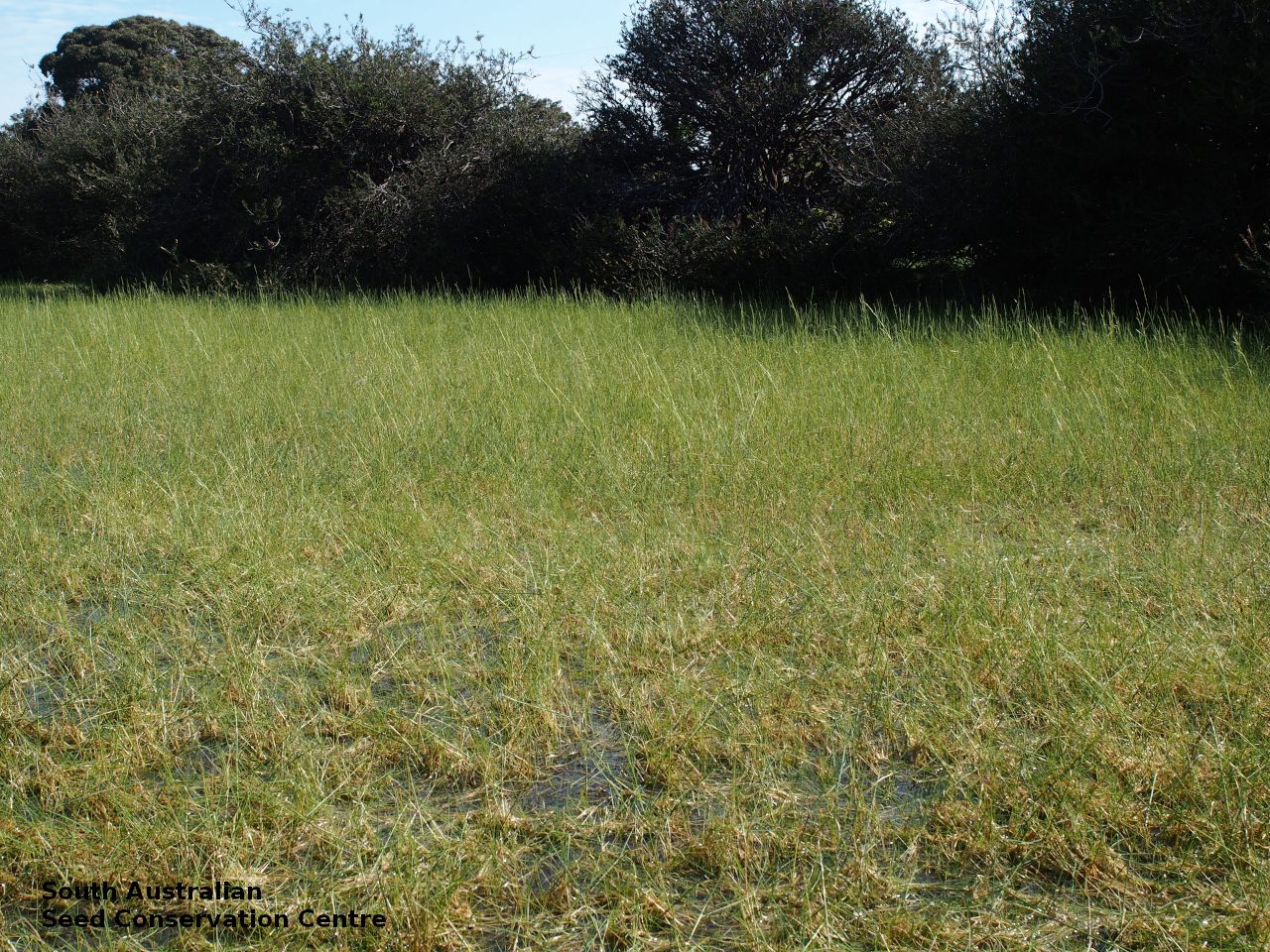
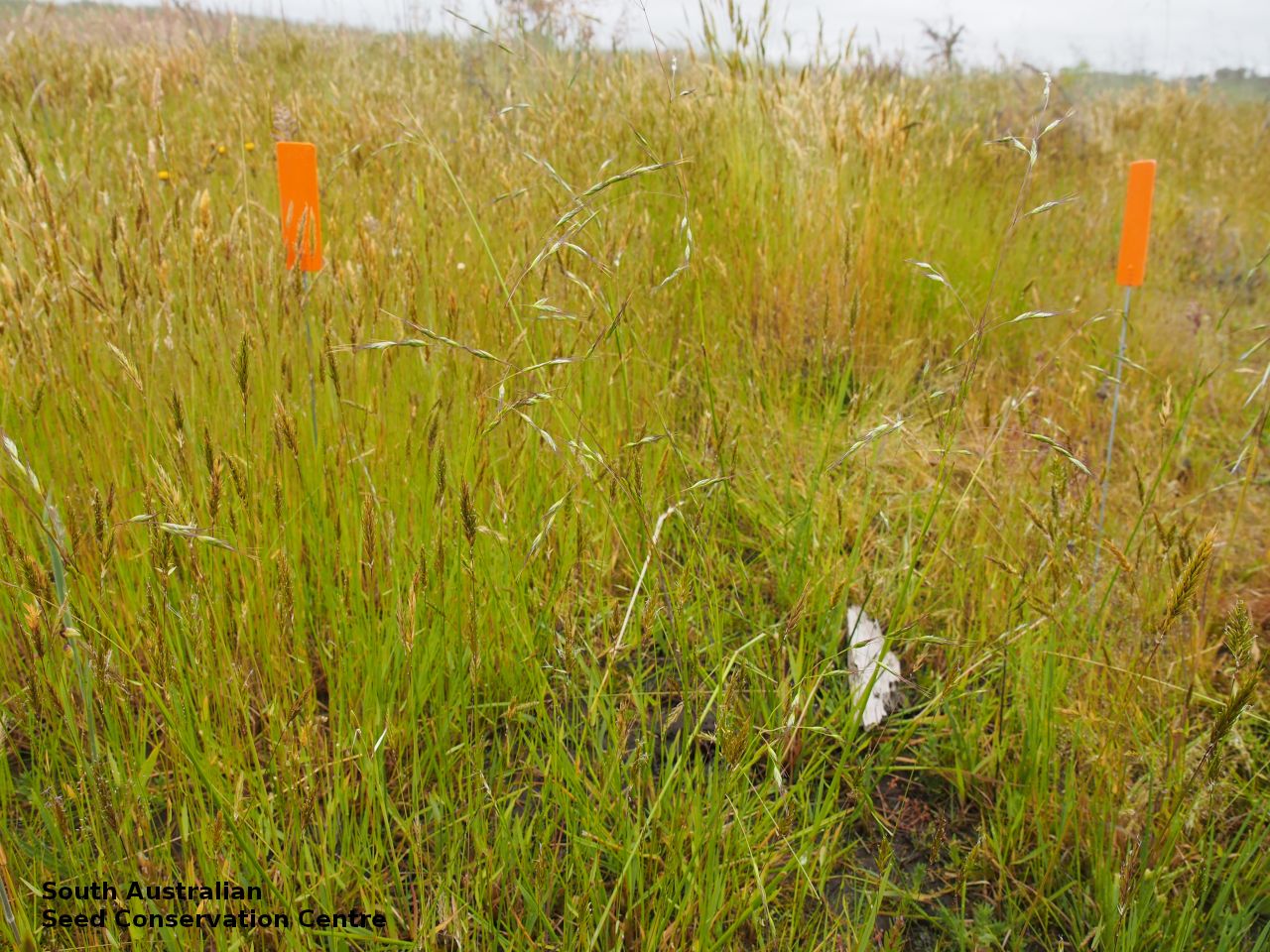

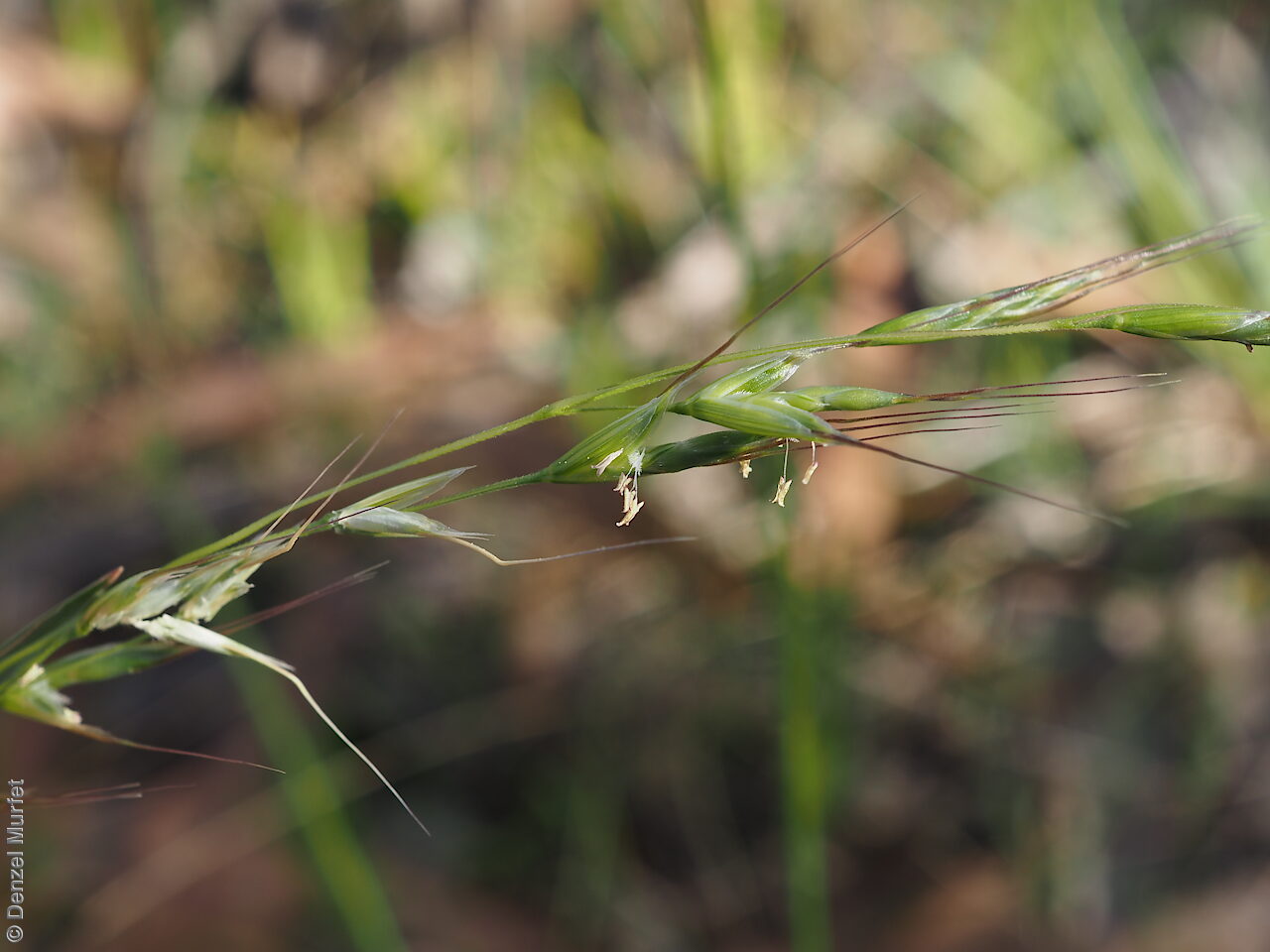

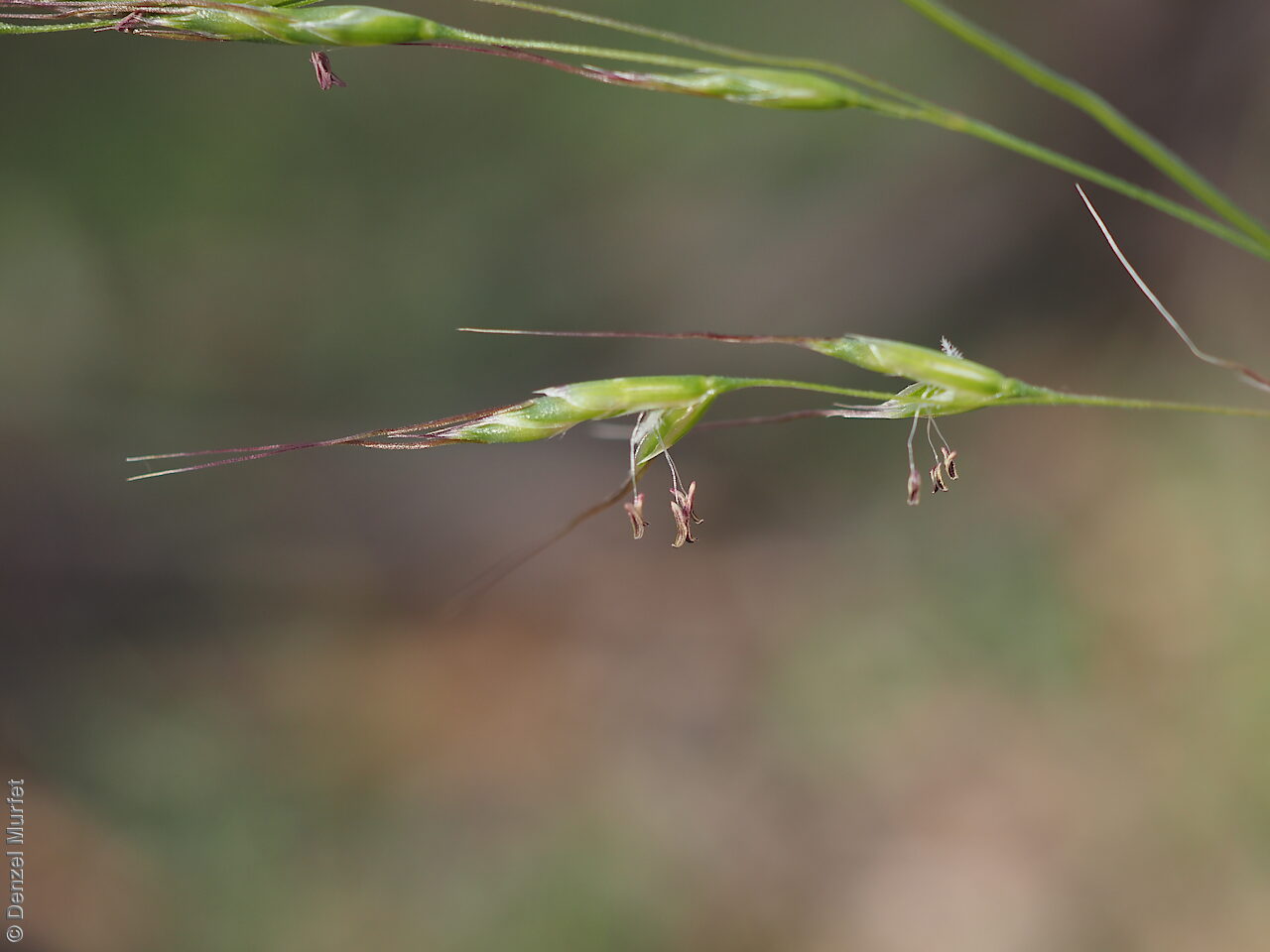

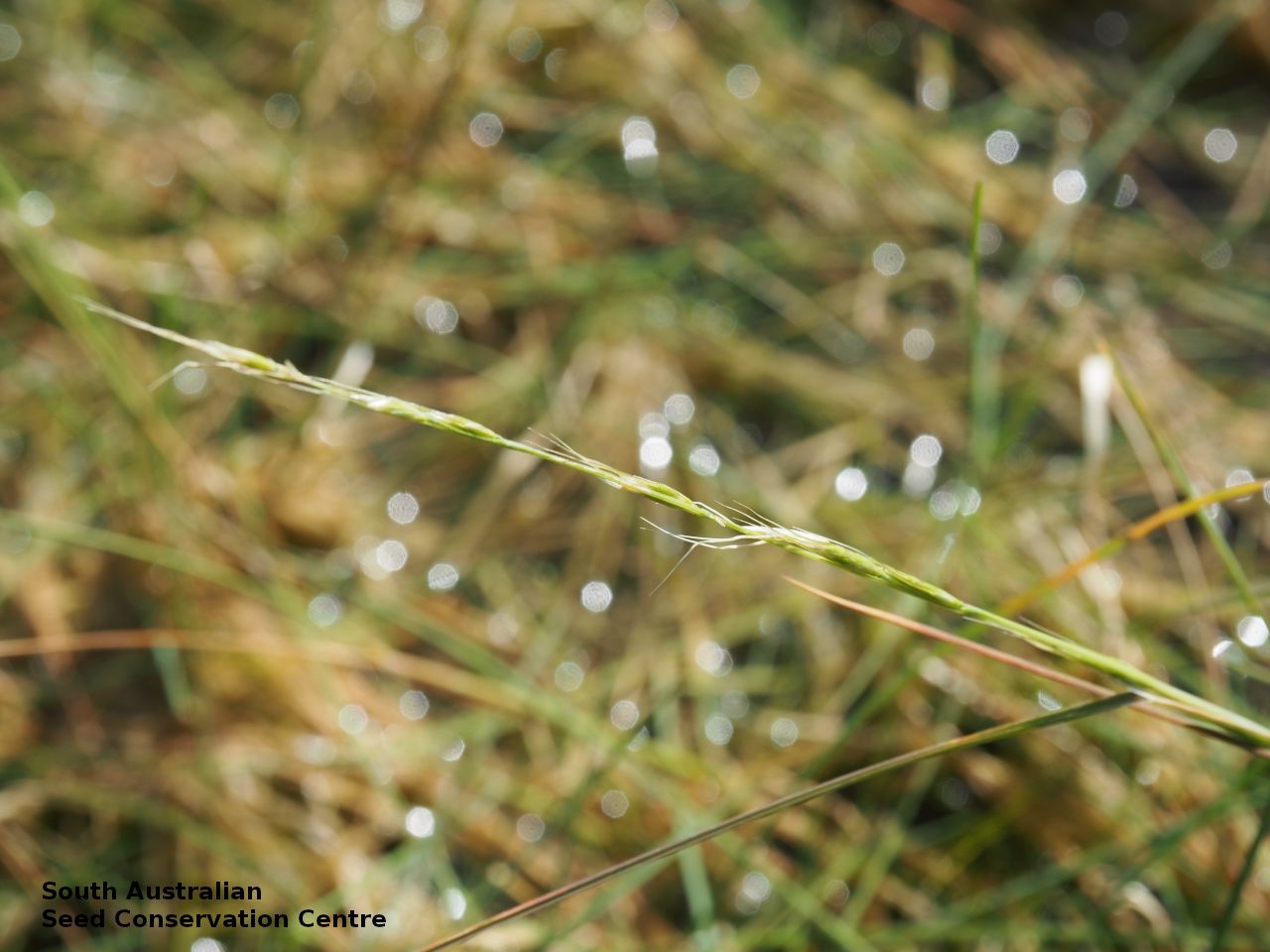
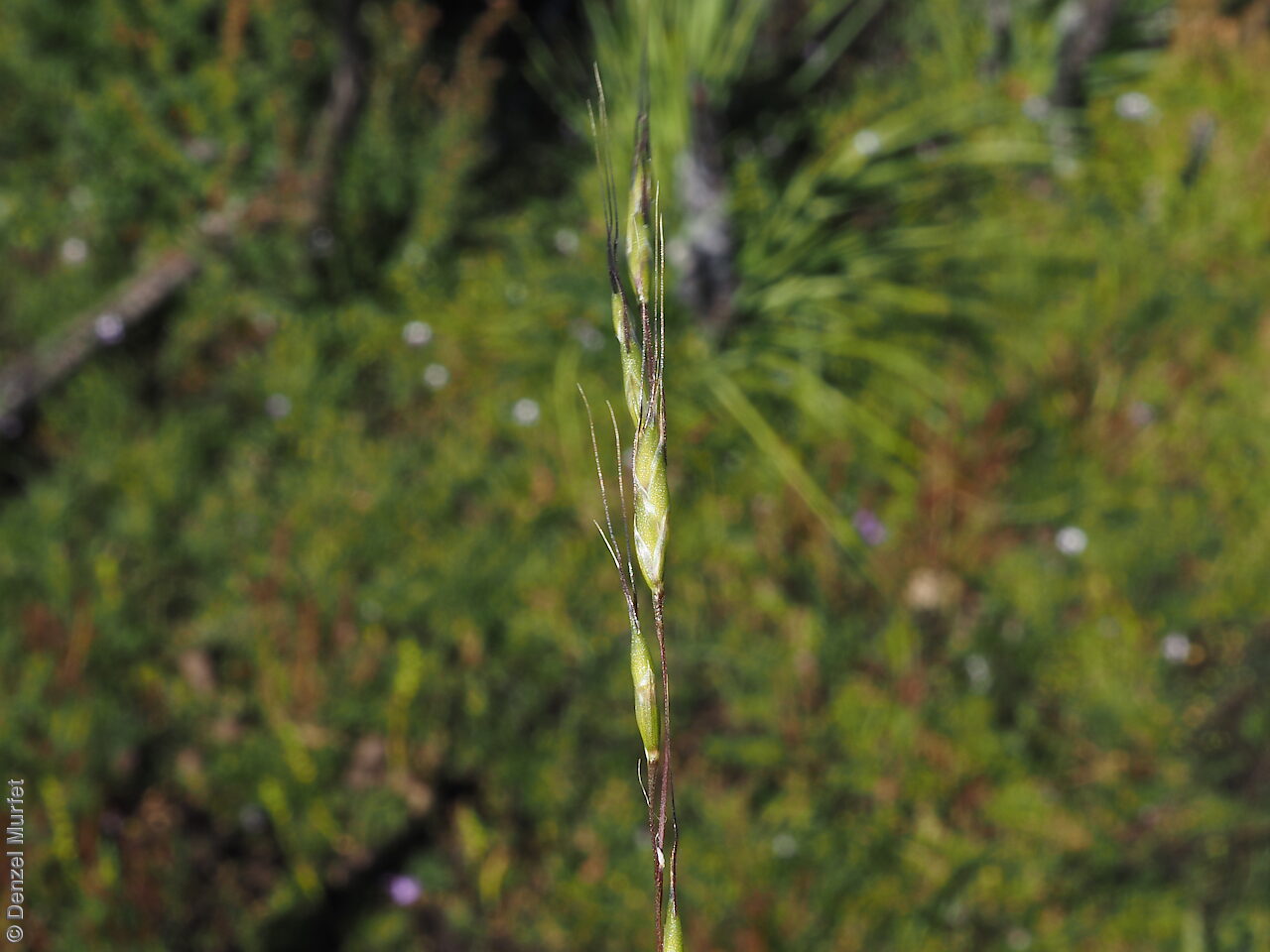
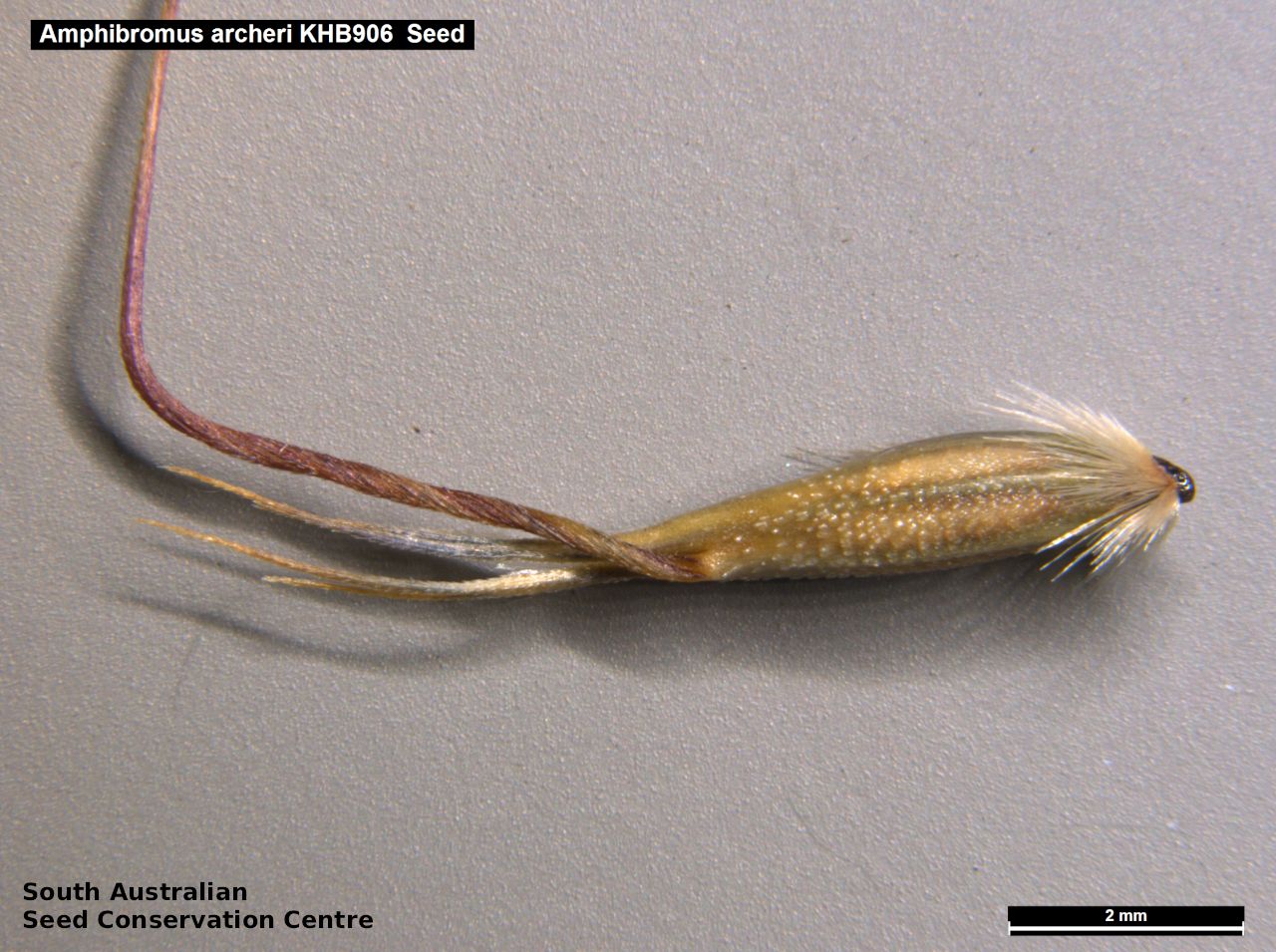
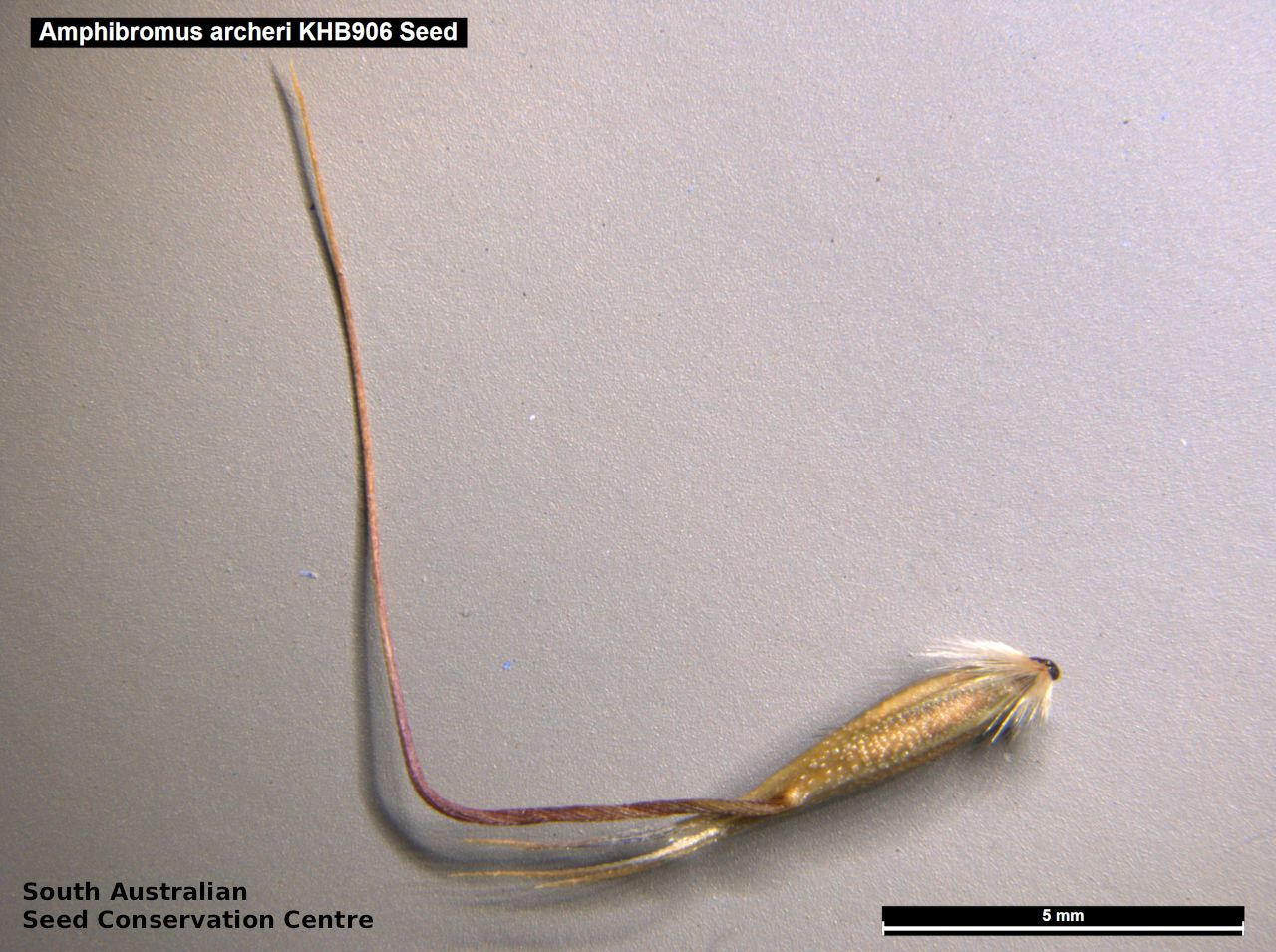


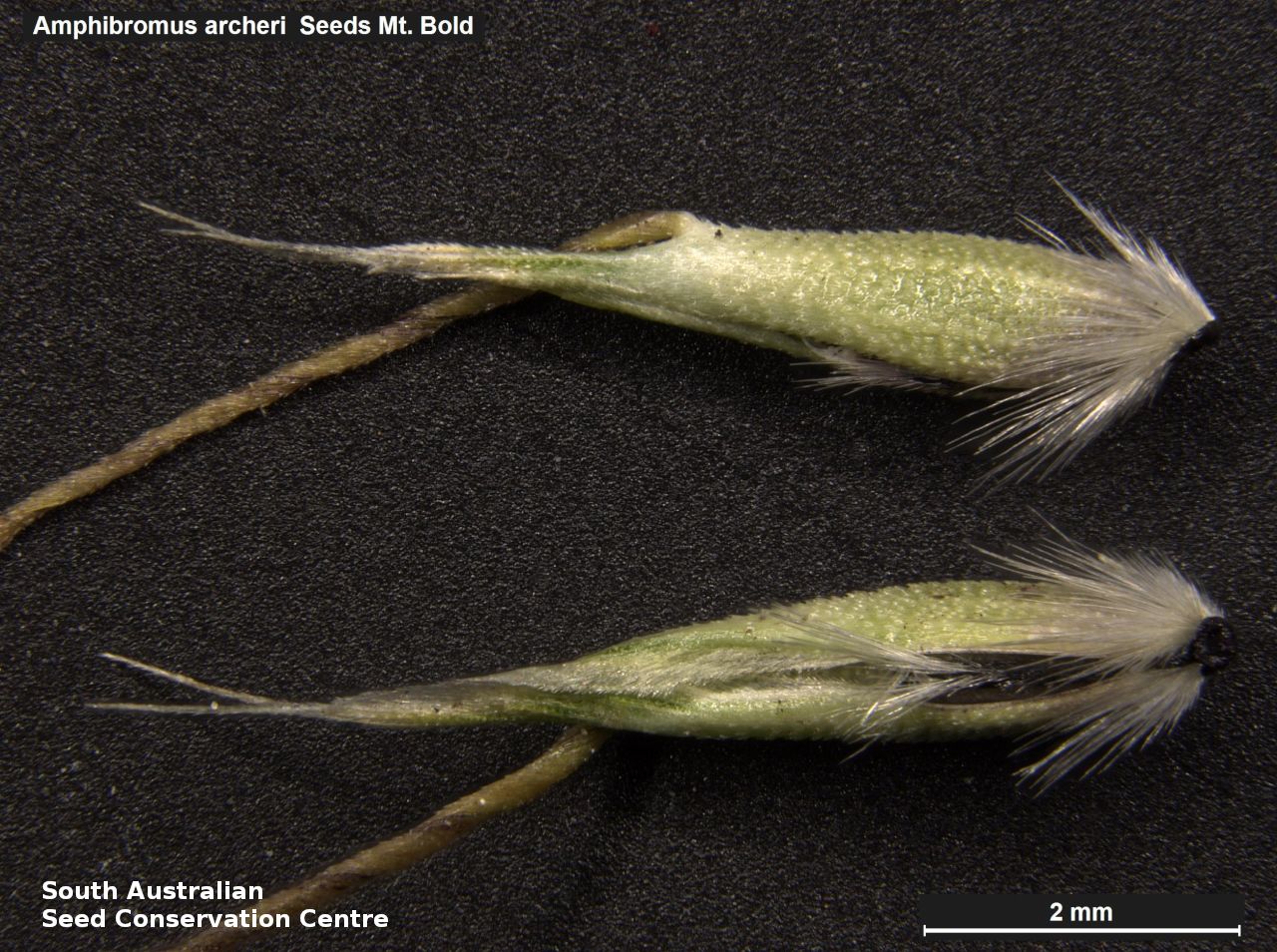
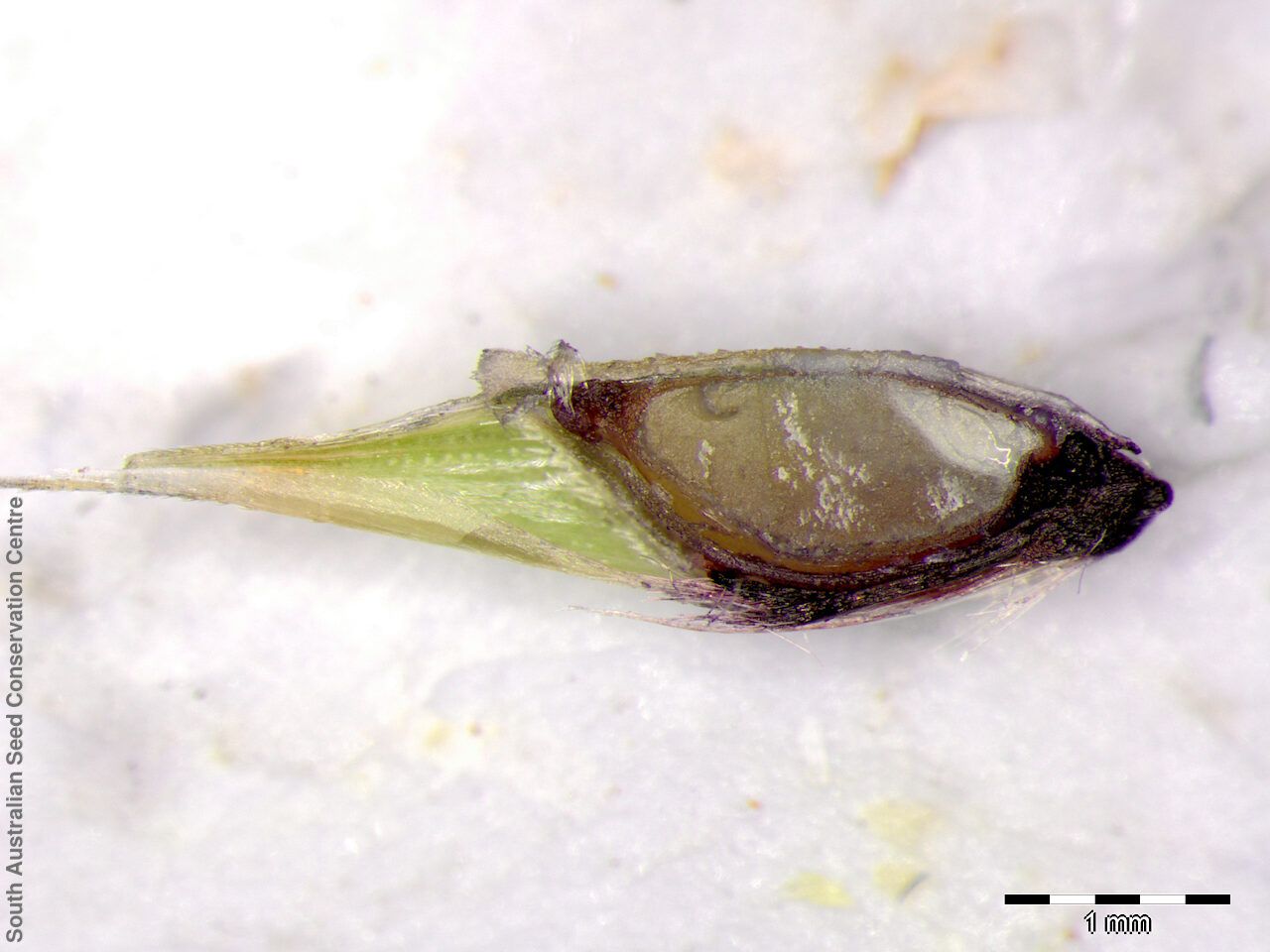
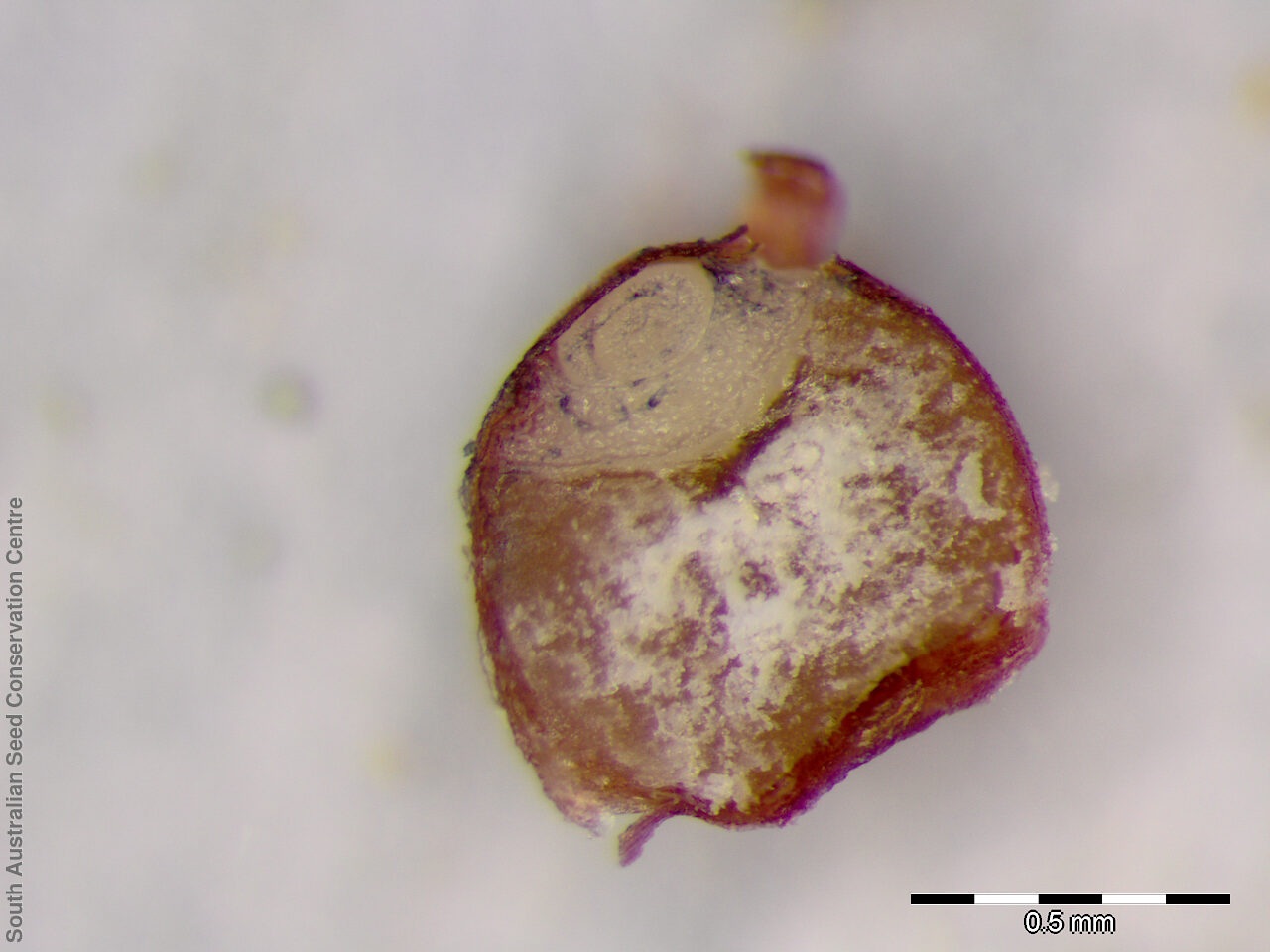
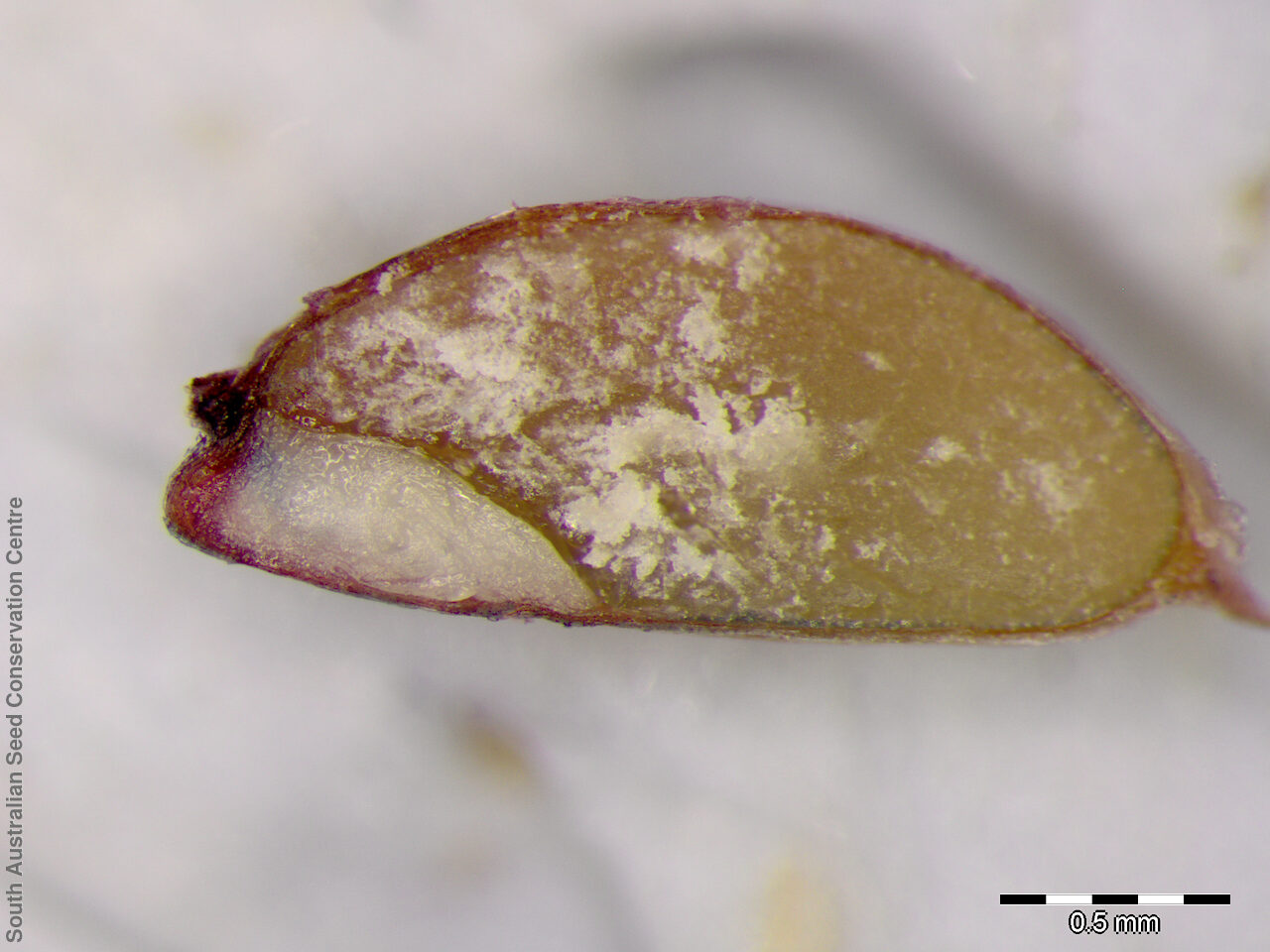

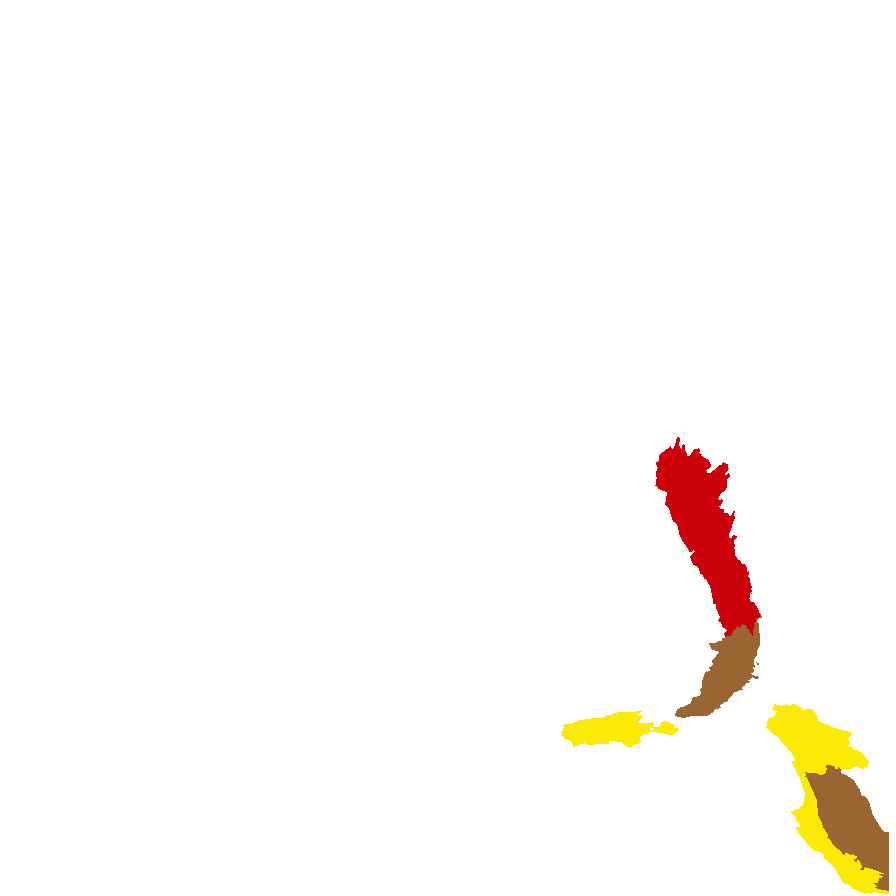
Prior names
Danthonia archeri
Amphibromus archeri var. papillosus
Etymology
Amphibromus from the Greek 'amphi' meaning double and 'bromus' a grass genus, referring to the spikelets resembling those of the genus Bromus. Archeri named after William Archer (1820-1874), Fellow of the Linnaean Society, architect and parliamentarian in Tasmania.
Distribution and status
Found on Kangaroo Island, Mount Lofty ranges and the South-east in South Australia, growing in damp areas such as lagoons, waterholes and swamps, often on predominantly sandy soils. Also found in Victoria and Tasmania. Native. Common in South Australia. Common in the other States.
Herbarium regions: Flinders Ranges, Eyre Peninsula, Northern Lofty, Murray, Southern Lofty, Kangaroo Island, South Eastern, Green Adelaide
NRM regions: Adelaide and Mount Lofty Ranges, Eyre Peninsula, Kangaroo Island, South Australian Arid Lands, South Australian Murray-Darling Basin, South East
AVH map: SA distribution map (external link)
Plant description
An erect perennial grass to 1.2 m tall with leaf blades to 32 cm long and 4 mm wide, glabrous to scabrous below, deeply ribbed with short stiff hairs on the ribs above. Panicle erect to 35 cm long, spikelets to 18 mm long, with 3-7 bisexual florets. Glumes unequal, glabrous. Flowering between October and January. Fruits are lemma more or less smooth to densely papillose. Lemma apex 4-toothed. Awn arising 30-45% of the lemma length from the lemma tip, bent, twisted, scabrous, 14.5-17.5 mm long, pale-green to a dark purple-brown. Seeds are yellow-brown grain to 2mm long. Seed embryo type is lateral.
Seed collection and propagation
Collect seeds between November and February. Use hands to gently strip seeds off the mature seed spike that are turning straw colour. Mature seeds will come off easily. Alternatively, you can break off the whole seed spike. Place the seeds/spike in a tray and leave to dry for two weeks. No further cleaning is required if only seed collected. If seed spikes collected, use hand to strip off the mature seeds. Store the seeds with a desiccant such as dried silica beads or dry rice, in an air tight container in a cool and dry place. Seed viability can be low to high depending on maturity. Seeds are non-dormant, viable seed should germinate readily.
| Location | No. of seeds (weight grams) | Number of plants | Date collected | Collection number Collection location | Date stored | % Viability | Storage temperature |
|---|---|---|---|---|---|---|---|
| MSB | 4,100 (8.768 g) | 50 | 3-Dec-2007 | RJB76090 Southern Lofty | 70% | ||
| BGA | 3,000 (0.84 g) | 50 | 1-Dec-2007 | RJB75970 Southern Lofty | 19-Sep-2008 | 100% | +5°C, -18°C |
| BGA | 920 (2.41 g) | 30 | 22-Dec-2008 | DJD1410 Southern Lofty | 20-Jul-2009 | 90% | -18°C |
| BGA | 1,700 (5.01 g) | 50+ | 18-Jan-2011 | Kuitpo Southern Lofty | 1-Jan-2012 | 70% | -18°C |
| BGA | 6,900 (22.32 g) | 150+ | 29-Nov-2016 | KHB906 Southern Lofty | 1-Nov-2017 | +5°C, -18°C, -80°C |
Number of plants: This is the number of plants from which the seeds were collected.
Collection location: The Herbarium of South Australia's region name.
% Viability: Percentage of filled healthy seeds determined by a cut test or x-ray.